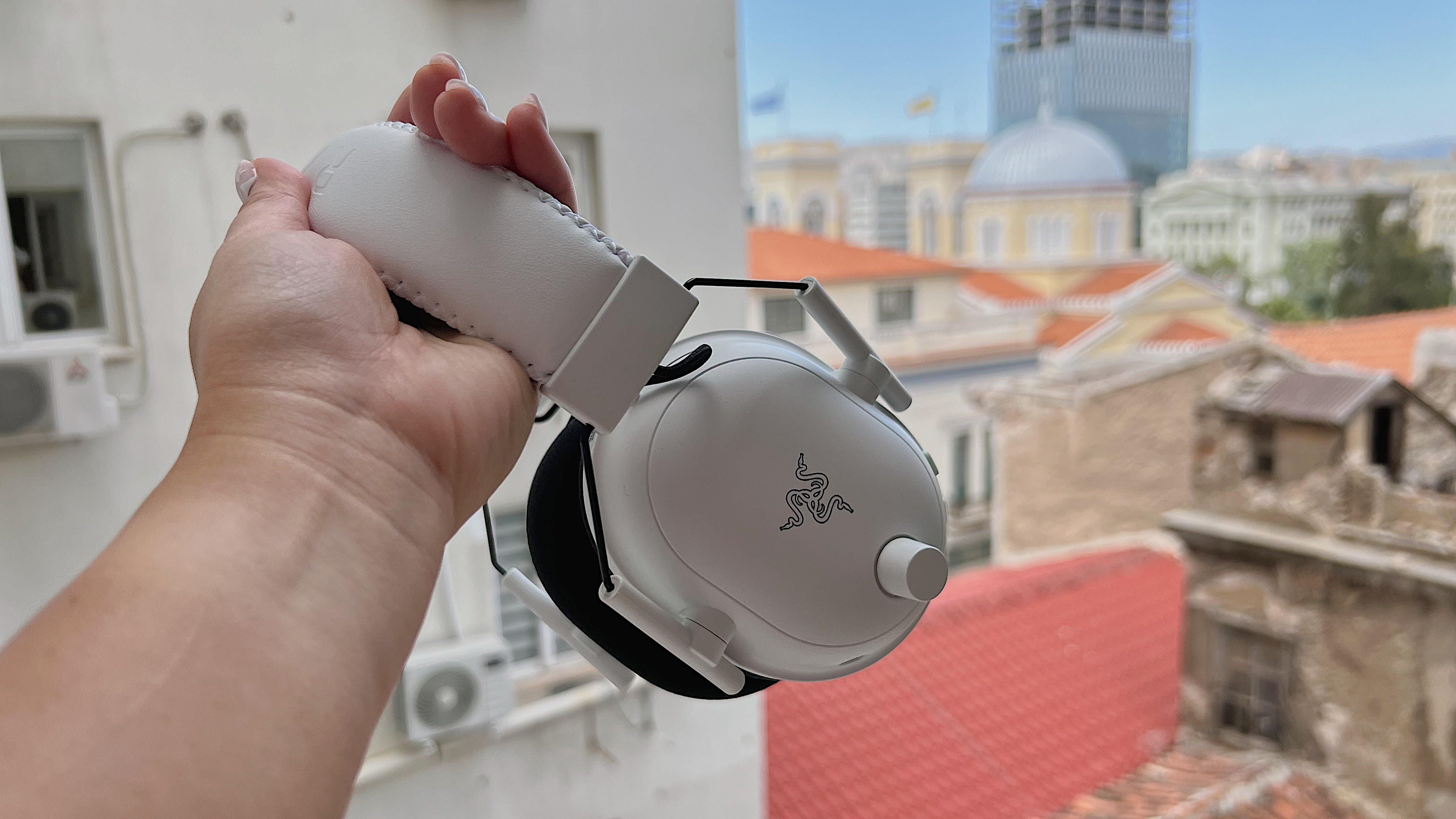
Razer BlackShark V2 Pro (2023): Two-minute review
If news about Razer launching the Razer BlackShark V2 Pro is giving you a sense of déjà vu, it’s probably because the gaming headset was originally released back in 2020. As bizarre as it may seem, Razer has taken its popular headset and re-released it with some key improvements.
Now, I’m not exactly sure why the company didn’t just roll out an entirely new model with an incrementally new name, but it may have something to do with the fact that the Razer BlackShark V2 Pro (2023) is really more of an update rather than a proper upgrade. That is, the drivers are the same, and the overall design is largely similar.
Of course, that isn’t to say that this new and improved version isn’t worth checking out. Razer has essentially taken an already excellent device – and one of the best wireless gaming headsets I’ve tested – and made it a lot better with longer battery life, a clearer and crisper mic, and an even better fit. So, if you didn’t think before that Razer BlackShark V2 Pro is among the best gaming headset ever made, you might think that now with this iteration.
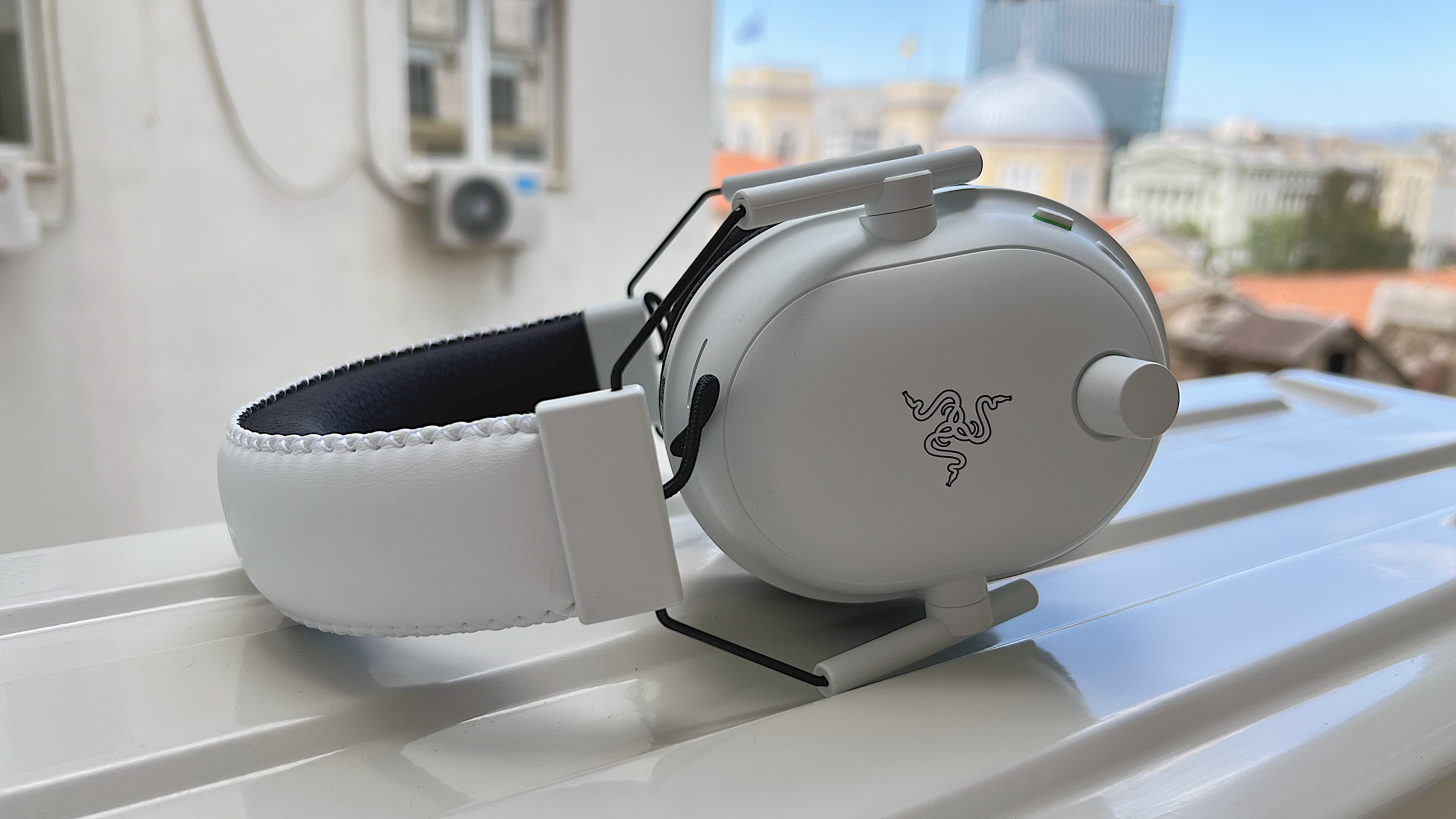
Design-wise, things have largely stayed the same. If you don’t look too closely, you might think Razer is pulling a fast one on you. But while the overall look is the same, there are a few small yet vital improvements on the Razer BlackShark V2 Pro (2023) that many will appreciate.
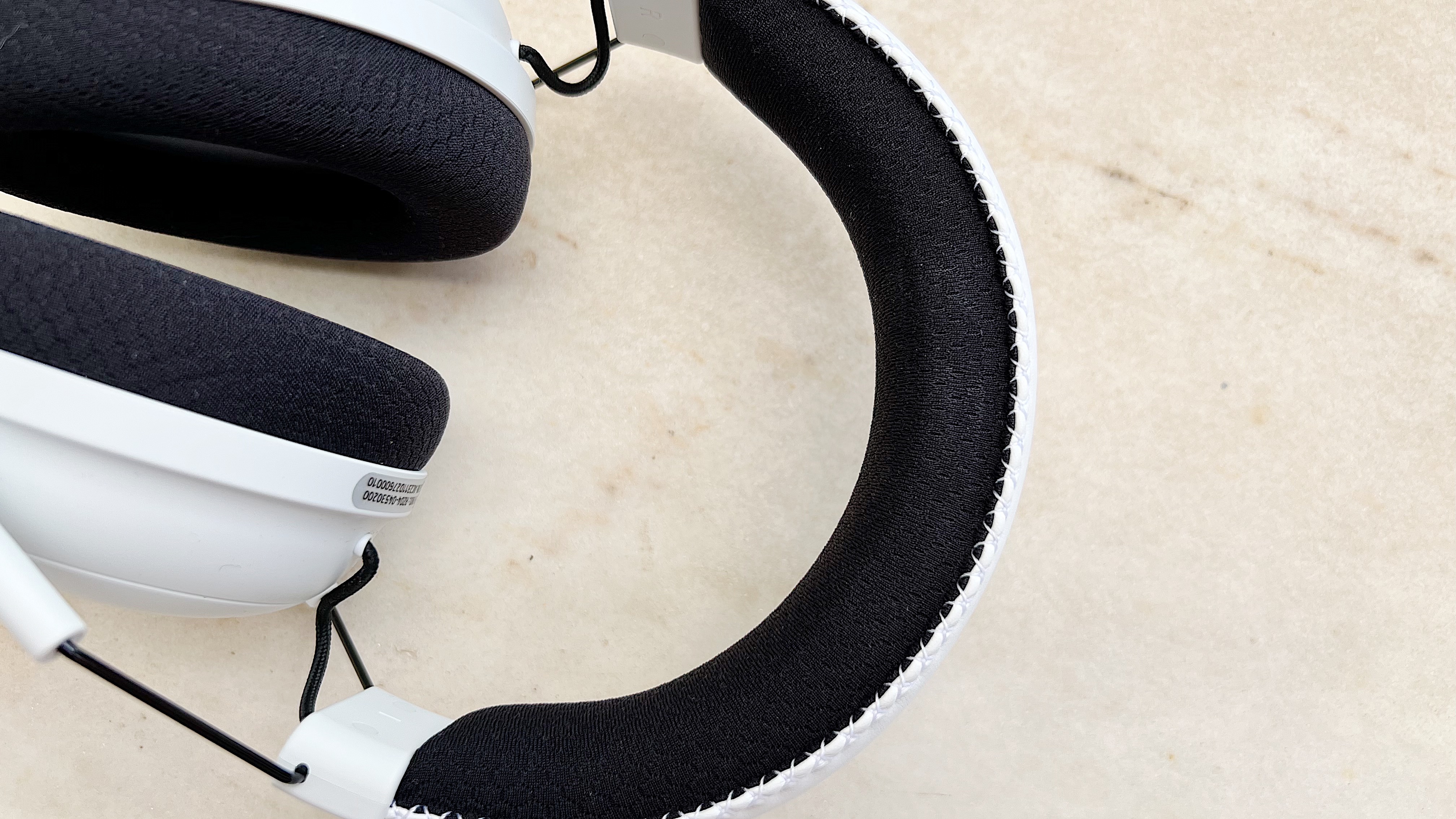
That gorgeous headband that boasts that unique and classy cross-stitched fringing is plusher than ever due to the thicker and softer foam underneath. And, for longevity, it’s now attached to the earcups with stronger steel headband sliders, which are now strengthened. As for the earcups, they may also look the same as their predecessors, but they also now come with better memory foam cushions that are both designed to relieve pressure and optimized for sound isolation.
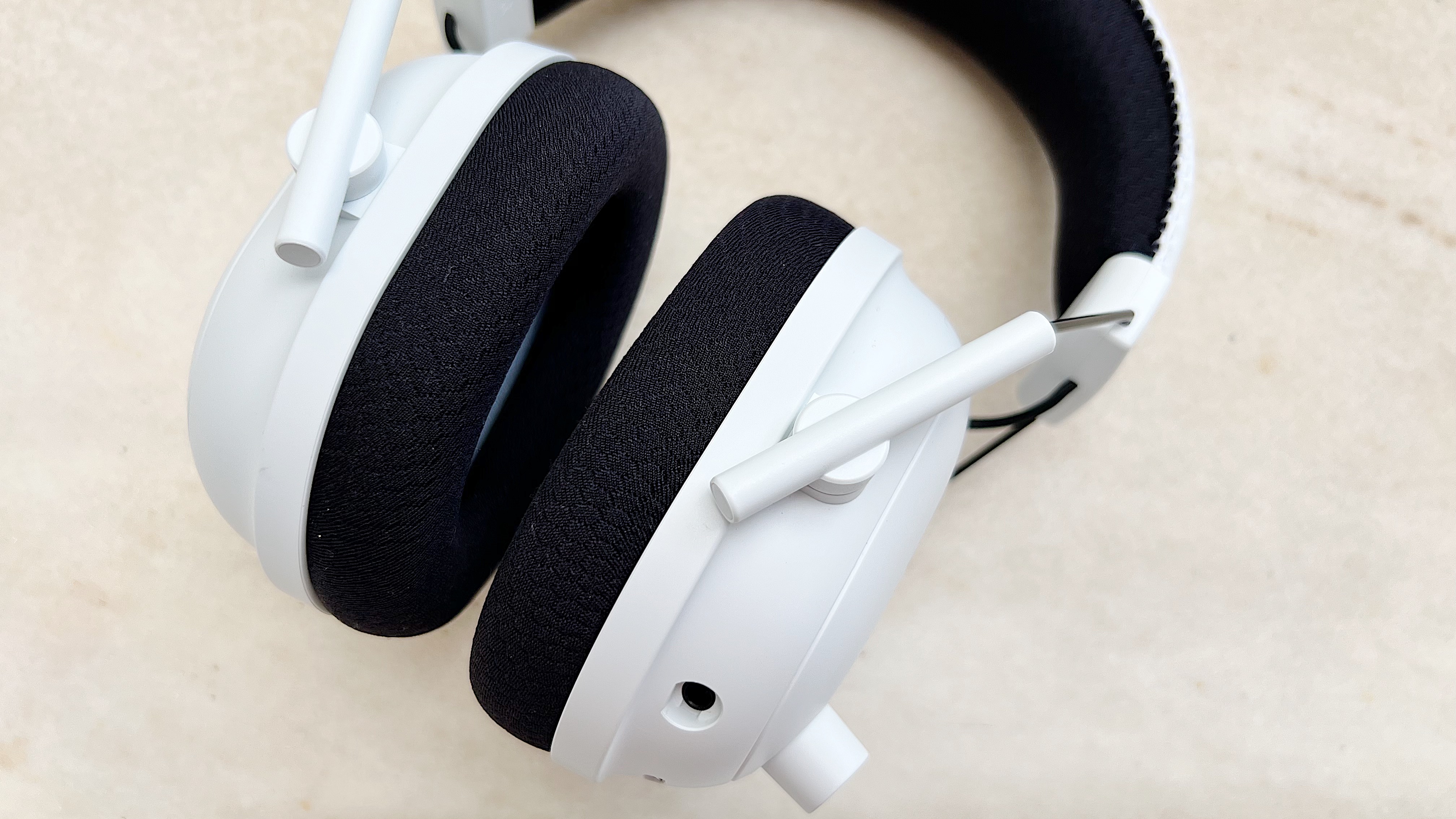
That’s not all. Likely from users moaning about the fit of the original headset, the Razer BlackShark V2 Pro (2023) now has a more refined clamping force – not too much that it tries to squeeze your brains out (looking at you, Audeze Penrose) but enough that it stays on your head even during intense moments. Of course, its lightweight design (it keeps the same 320g weight as its predecessor) helps as well. This is definitely among the most comfortable and excellent-fitting headsets I’ve ever used.
As a bonus, it wasn’t a burden to carry around when I brought it with me on my Greece vacation, which means I’m comfortable recommending it as a go-to travel gaming headset. Although if you are looking for something that’s more like a headphones-and-headset hybrid, you should look at the SteelSeries Arctis Nova Pro Wireless first.
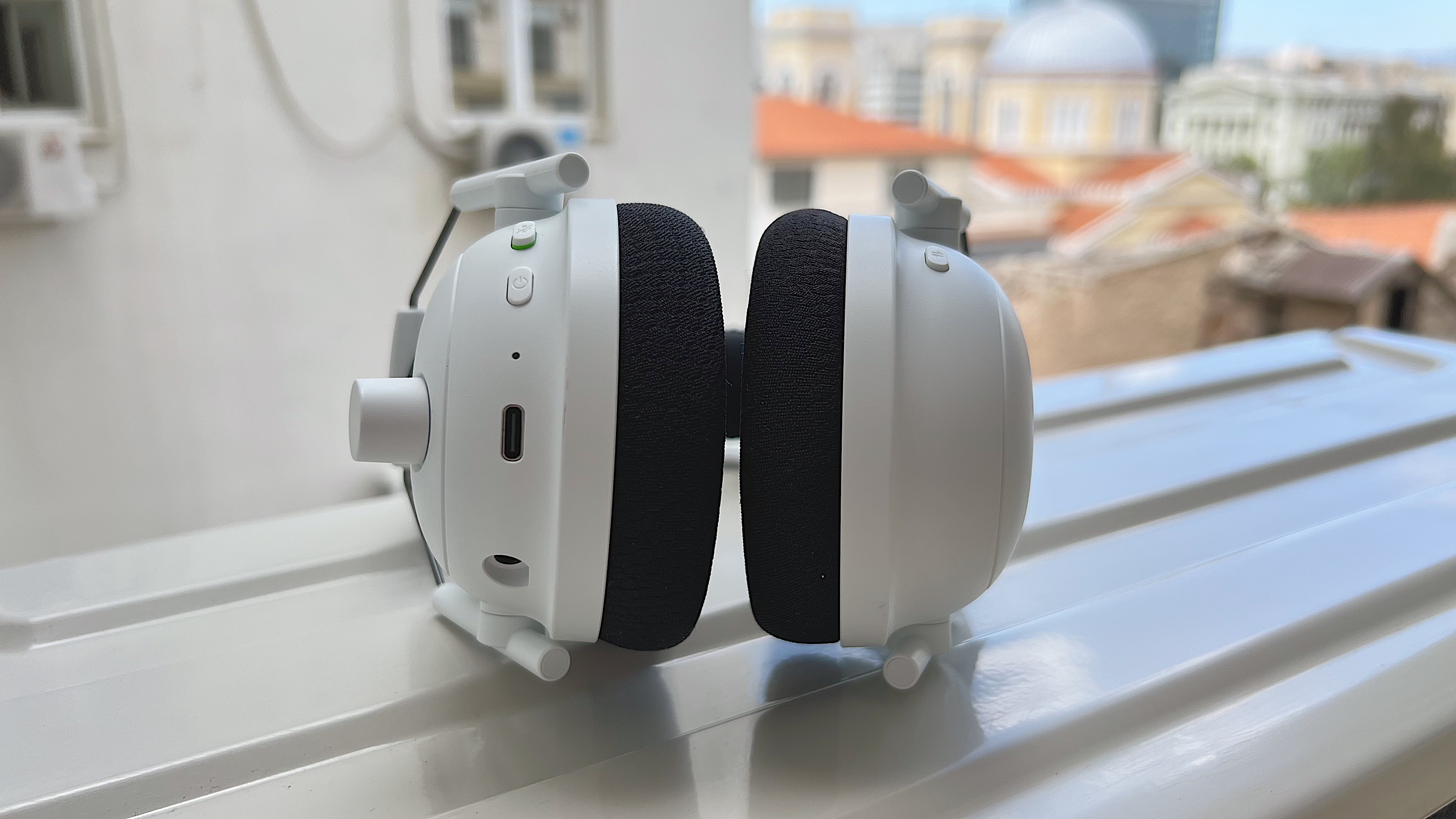
Finally, Razer has gotten rid of the micro USB charging port – who even uses those anymore?! – and slapped on a nice USB-C one instead, which means you don’t even need to take that charging cable out of the box if you already have a couple of USB-C cables out for your other devices. And while you have to go through Razer Synapse to access the different game profiles, this headset now has a physical button on the right ear cup for on-the-fly access. At default, it’s set to the standard profiles; hold it down for three seconds, and it will switch to Pro-Tuned FPS profiles for game-specific EQs.
Bad news for pink fans, though. This one doesn’t come in Razer Quartz. However, it does come in Razer Mercury as well as black, so you’ve got an option if you’re tired of the same boring black aesthetic.
More improvements can be seen internally. The Razer BlackShark V2 Pro (2023) now comes with Bluetooth connectivity on top of the 2.4GHz wireless one, and Razer has thrown in a USB Extender in case all those USB dongles are interfering with one another’s signals.
A massive improvement that’s worth a spotlight, considering that this is an esports gaming headset, is the Razer HyperClear Super Wideband mic that replaces the old SuperCardiod mic. This has a 32kHz sampling rate, which might not matter to most users but does improve the accuracy of sound representation. Of course, such high sample rates are most useful for studio work, but in this case, you’re coming through clearly to your teammates no matter your mic settings.
This mic sounds incredible, boasting a very full representation and more than decent background noise rejection. And, because of that high sampling rate, those enhancements on the Razer Synapse app work very well, whether you’re using voice gate (automatically mutes mic when you’re not talking), turning on vocal clarity (treble boost), or doing your own EQ (there’s a 10-band mic EQ on hand).
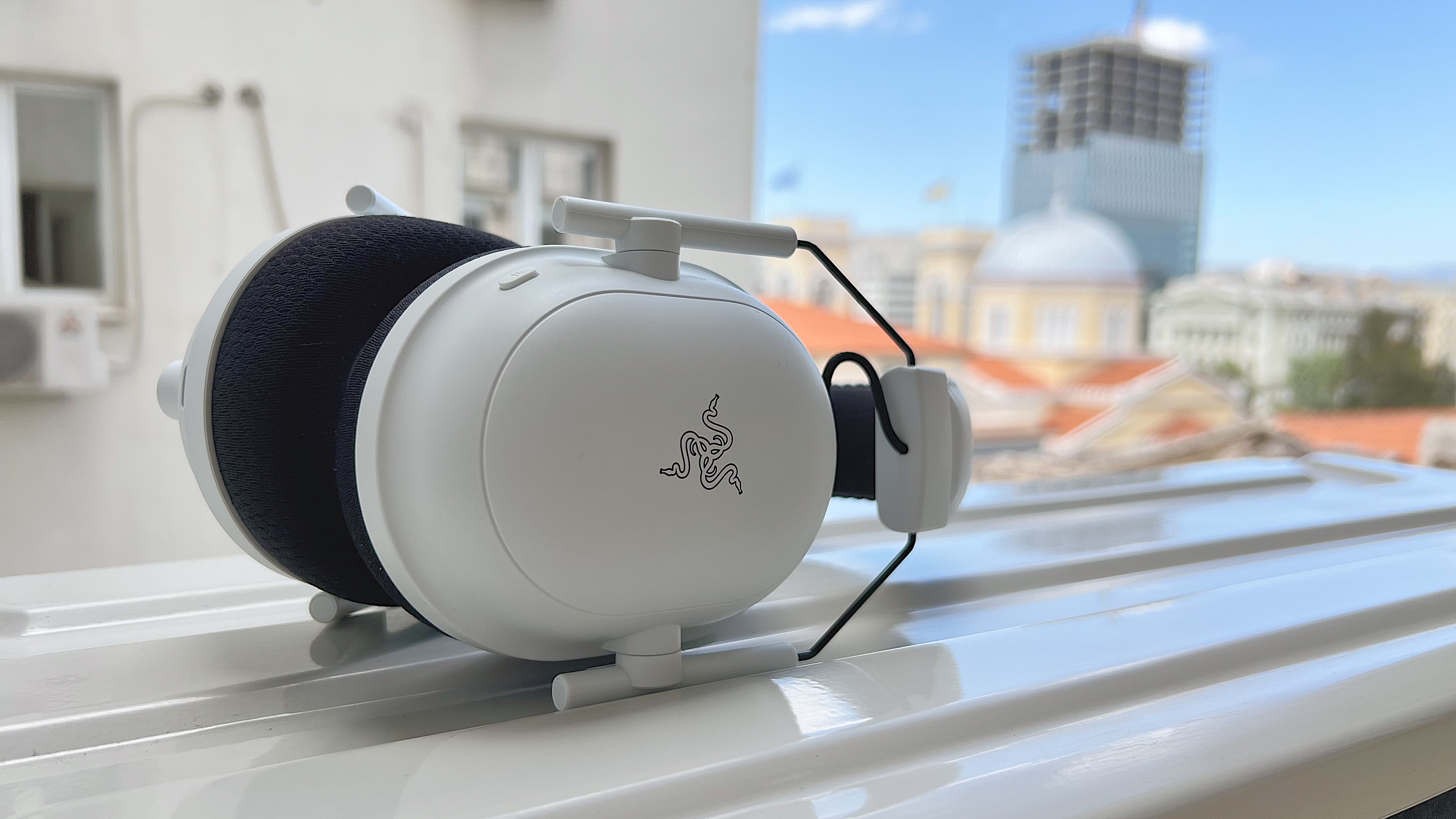
In terms of audio performance, the Razer BlackShark V2 Pro (2023) inherits its predecessor’s impressive sound quality. There is lots of volume on tap, very rich mid-range, and fairly detailed high-end, making games like Kena: Bridge of Spirits all the more amazing during my testing.
Strangely, I found the low end to be somewhat weak – typically, I find gaming headsets a little heavy-handed on bass. But because the soundstage is already wide and immersive, and the sound imaging is incredibly accurate, you’re still getting that in-the-middle-of-the-battle feel, just not a lot of rumble.
You’ll find several sound profiles here, some standard ones and a handful of esports pro-designed game EQs for titles like CS: GO and Fortnite. I found these to be a hit or miss. Some, like the CS: GO profile, suit what they were made for perfectly; others don’t make that big of a difference. But that’s ok since you can create your own custom profile through the Synapse app as well.
Finally, I can’t round out this review without giving the Razer BlackShark V2 Pro (2023)’s battery life a proper shoutout. While the 2020 model only gave users a measly 24-hour gameplay, this one almost triples that with its 70 hours of juice and fast charging capability that offers up to six hours for a 15-minute charge. Apart from the initial full charge, I didn’t have to recharge this headset during my week-long testing, which was nice especially since I was traipsing around Greece in the second half and had to charge several devices every night.
Razer BlackShark V2 Pro (2023): Price & availability
- How much does it cost? $199.99 (about £199.99 / AU$300)
- When is it available? Available now
- Where can you get it? Available in the US, UK, and Australia
Available now in the US, UK, and Australia, the Razer BlackShark V2 Pro (2023) will set you back a fairly hefty $199.99 (about £199.99 / AU$300). Not that it isn’t worth it – and you kind of expect wireless gaming headsets to cost quite a bit. However, it is a little more expensive than what most people are willing to pay for a pair of headsets.
It is also slightly more expensive than the 2020 model, which retailed at $179.99 / £179 / AU$299 at launch. If you are willing to pay for a great pair, however, you’ve got an ace here, especially if you value a lightweight design, a comfortable fit, and great audio quality.
- Value: 4 / 5
Razer BlackShark V2 Pro (2023): Specs
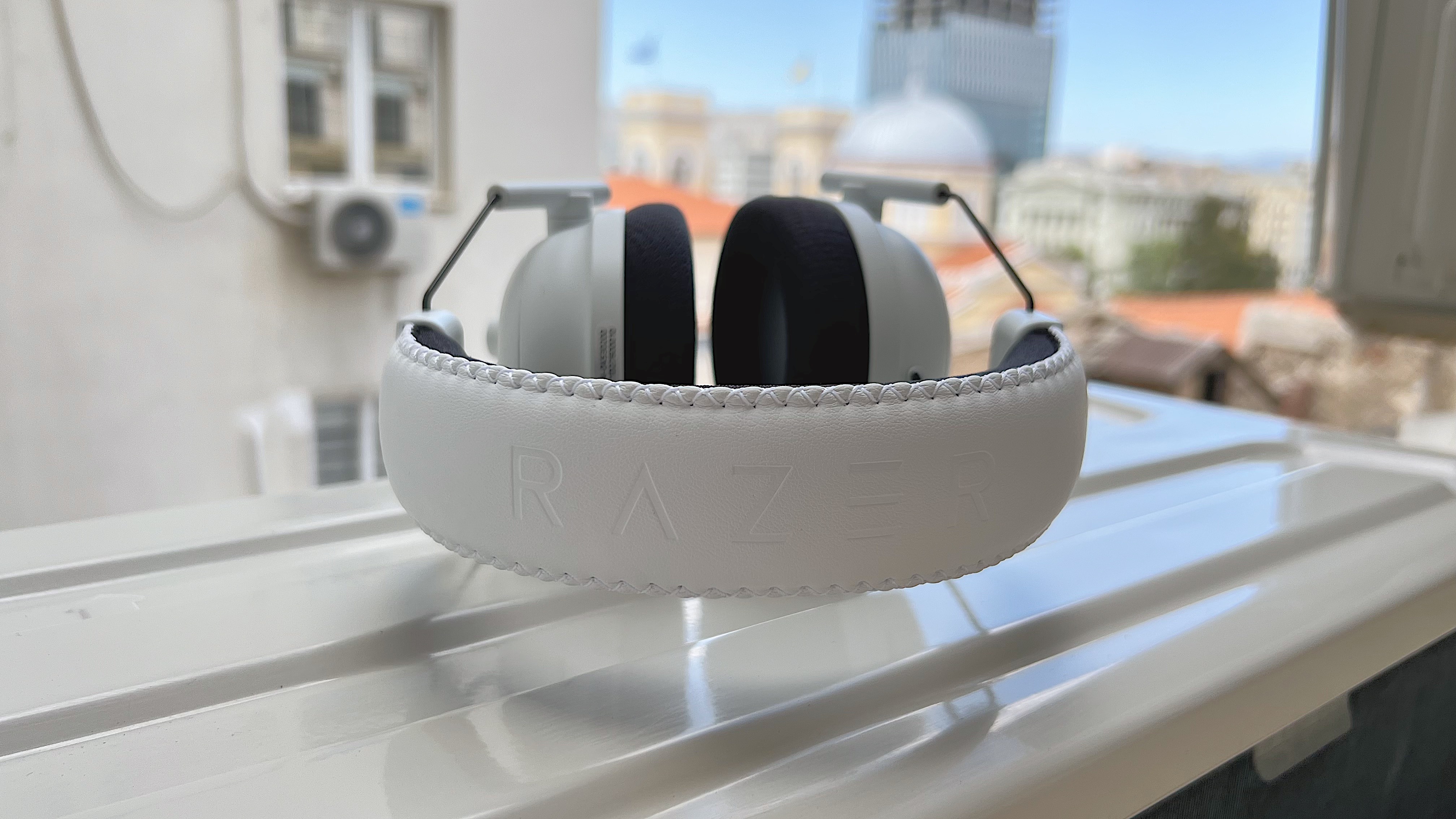
Should you buy the Razer BlackShark V2 Pro (2023)?
Buy it if...
Don't buy it if...
Razer BlackShark V2 Pro (2023): Also consider
How I tested the Razer BlackShark V2 Pro (2023)
- Tested the headset for a week
- Used it for gaming, listening to music, and streaming shows
- Used it with games like Cyberpunk 2077 and Counter-Strike: Global Offensive
Putting the Razer BlackShark V2 Pro (2023) through its paces meant using it for a week as my main wireless headset for gaming, listening to music, and watching my favorite shows. Because it’s designed to be lightweight, I brought it with me on my holiday in Greece to see how it would fare as a travel gaming headset.
As it is an esports-focused device, I did use it to play CS: GO and Fortnite, paying close attention to the sound profiles specifically designed for those games. However, I also used it with games like Cyberpunk 2077 and Kena: Bridge of Spirits. Since it has dual connectivity, I used it with my gaming PC, my work laptop while traveling, and my iPhone.
I’ve been testing, reviewing, and using gaming headsets for years as a freelance tech journalist and now as one of the Computing editors at TechRadar. My years of experience along with my discerning audio tastes make me more than qualified to test and vet these devices for you.
First reviewed April 2023







